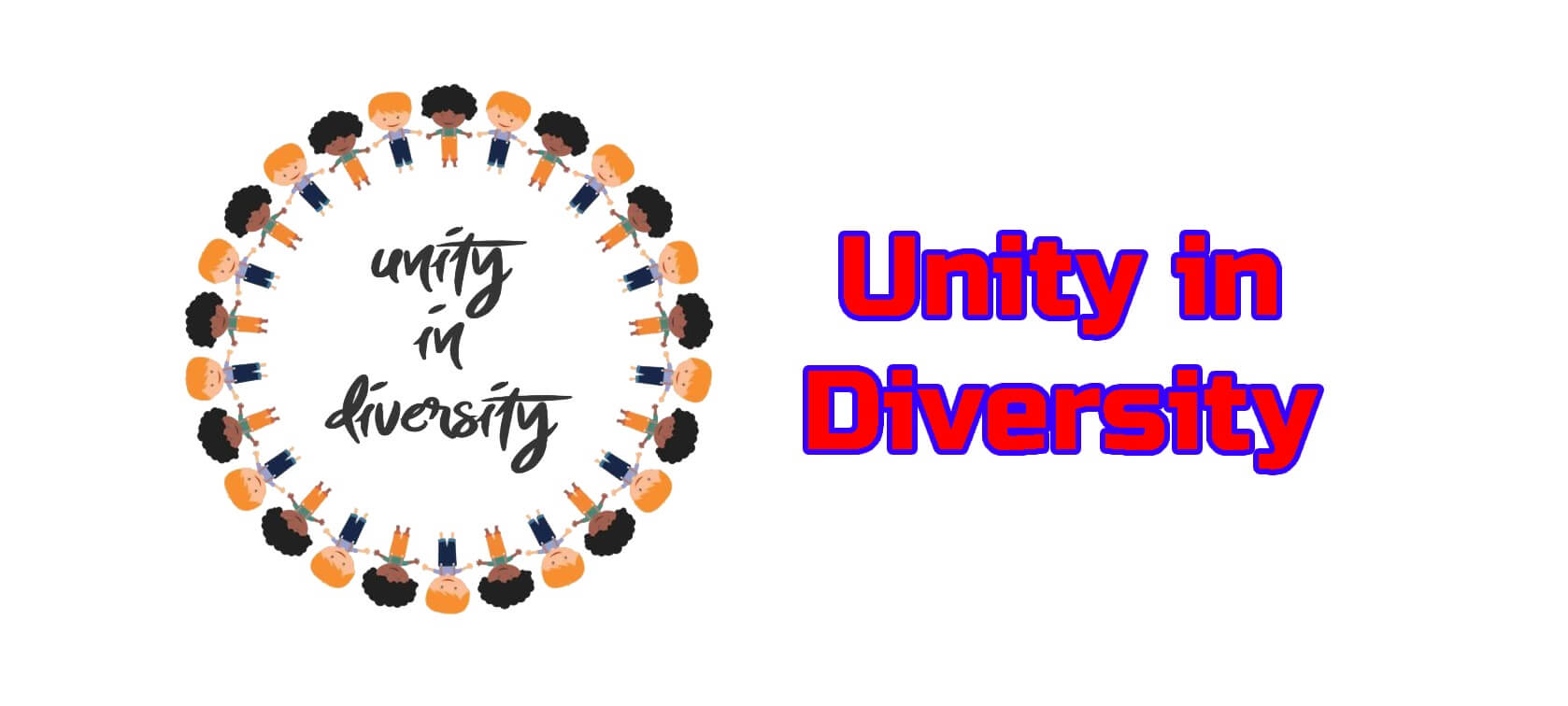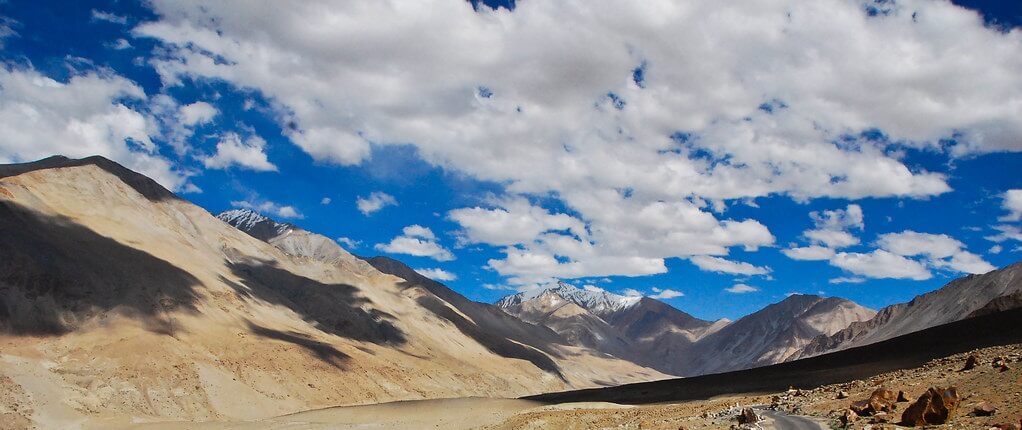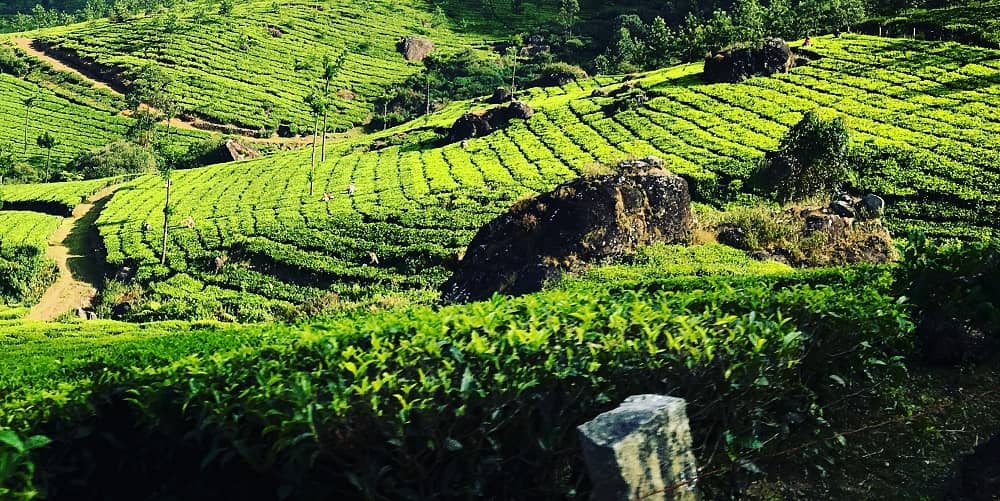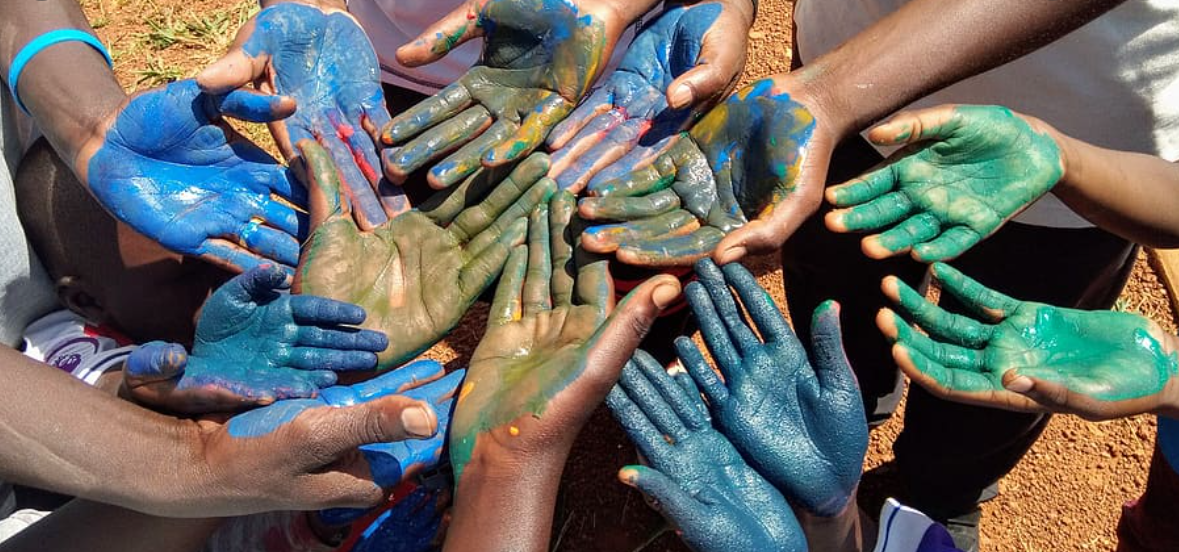Unity and Diversity in India. India is a country of many diversities.
Unity in diversity allows us to speak different languages, have various types of food, celebrate different festivals, practice different religions.
But actually, if you think about it, we do many things that are similar except that lead does them in different ways.
How do we explain diversity?
A little more than two hundred years ago on long before the train, Aeroplan, bus or car became a part of our lives.
People travelled from one part of the world to another, in ships, on horses, on Camels or foot.
Often, they went in search of new lands, or new places to settle in, or for people to trade with.
And because it took so long to travel, once they got to a place, people stayed there, often for a long time.
Many others left their homes because there were families and drought and they could not get enough to eat. Some went in search of work while others left because there was a war.
Sometimes, as they begin to make their homes in new places, people begin to change a little at and other times they managed to do things in the old other ways.

Some their languages, food, music, religions became a mix of the old and the new, and out of this intermixing of cultures, came something new and different.
Similarly, unity in diversity also comes about when people adapt their lives to the geographical area in which they live.
For example, living near the sea quite different from living in the Mountainous area.
Not only do people have different clothing and eating habits, but even the kinds of work they do are different, it is because of this Unity in diversity.
In cities, it is often easy to forget how closely people’s lives are tied to their physical surroundings.
This is because in the city people seldom grow their vegetables and grain. Instead, they depend on the market to buy all the food and other goods that they need.
Let us try to understand what we mean when we say that historical and geographical factors influence the diversity of religion.
We can do this by reading about life in two different parts of the country, Kerala and Ladakh.
Ladakh:
Ladakh is a desert in the mountains the eastern part of Jammu and Kashmir.
Very little agriculture is possible here since this region does not receive any rain and is covered in snow for a large part of the year.

There are very few trees that can grow in the region. For drinking water, people depend on the melting snow during the summer months.
People here keep sheep and the sheep in this region is special because they produce pashmina wool. This wool is prized and pashmina shawls cost a lot of money.
This wool is prized and pashmina shawls cost a lot of money.
The people in Ladakh carefully collect the wool of the sheep and sell this to trades from Kashmir. Pashmina shawls are chiefly woven in Kashmir.
Kerala:
Kerala is a state in the Southwest corner of India. It is surrounded by the sea on one side and hills on the other.
Several spices like pepper, cloves and cardamoms are grown on the hills. It is spices that made this region an attractive place for traders.
Jewish and Arab traders were the first to come here. The apostle of Christ, St. Thomas is believed to have come here nearly 2000 years ago and he is credited with bringing Christianity to India.

While Kerala and Ladakh are quite different in terms of their differences in terms of their geographical features, the history of both regions was influenced by Chinese and Arab traders.
It was the geography of Kerala which allowed for the cultivation of spices and the special geographical location Ladakh and it’s wool that drew traders to these regions.
Thus history and geography are often tied in the cultural life of a region. The influence of diverse cultures is not merely a thing of the past.
Our present lives are all about moving from place to place for work and with each move, our cultural traditions and way of life slowly become part of the new place we are in.
Similarly, in our neighborhoods, we live close to people from several communities.
Our daily lives are about how we do things together and their stories about each other’s live customs and traditions.
Also Read: our environment-class 10 notes
Unity in diversity
India’s unity in diversity has always been recognized as a source of its sense then the British ruled India, women and men from different cultural, religious and regional backgrounds came together to oppose them.
India’s freedom movement had thousands of people of different backgrounds in it. They worked together to decide joint action, they went to live together and they found different ways to oppose the British.
Interestingly the British thought they could divide Indians because they were so different and then continue to rule them.
But the people show them how they could be different and yet be united in their battle against the British.
Many famous songs were written after the Jallianwala Bagh massacre in Amritsar.
In which a British general opened fire on a large group of an armed, peaceful people killing many and wounding even more.
Men and women, Hindus, and Muslims rich and poor had gathered to protest against the British.
A famous song called “doesn’t forget the days of blood” was composed and sung in the owner of the memory of those brave people who were killed at the Jallianwala Bagh massacre.
Songs and symbols that emerged during the freedom struggle serve as a constant reminder of our country is a rich tradition of respect for diversity.
Do you know the story of the Indian flag? It was used as a symbol of protest against the British by people everywhere.
In his book, the discovery of India Jawahar Lal Nehru says that India and United unity is not something imposed from the outside but rather,
“It was something deeper and within its fold, the widest tolerance of belief and custom was practiced and everywhere it acknowledge and even encourage.”
It was Nehru, who coined the phrase “unity in diversity” to describe the country.
